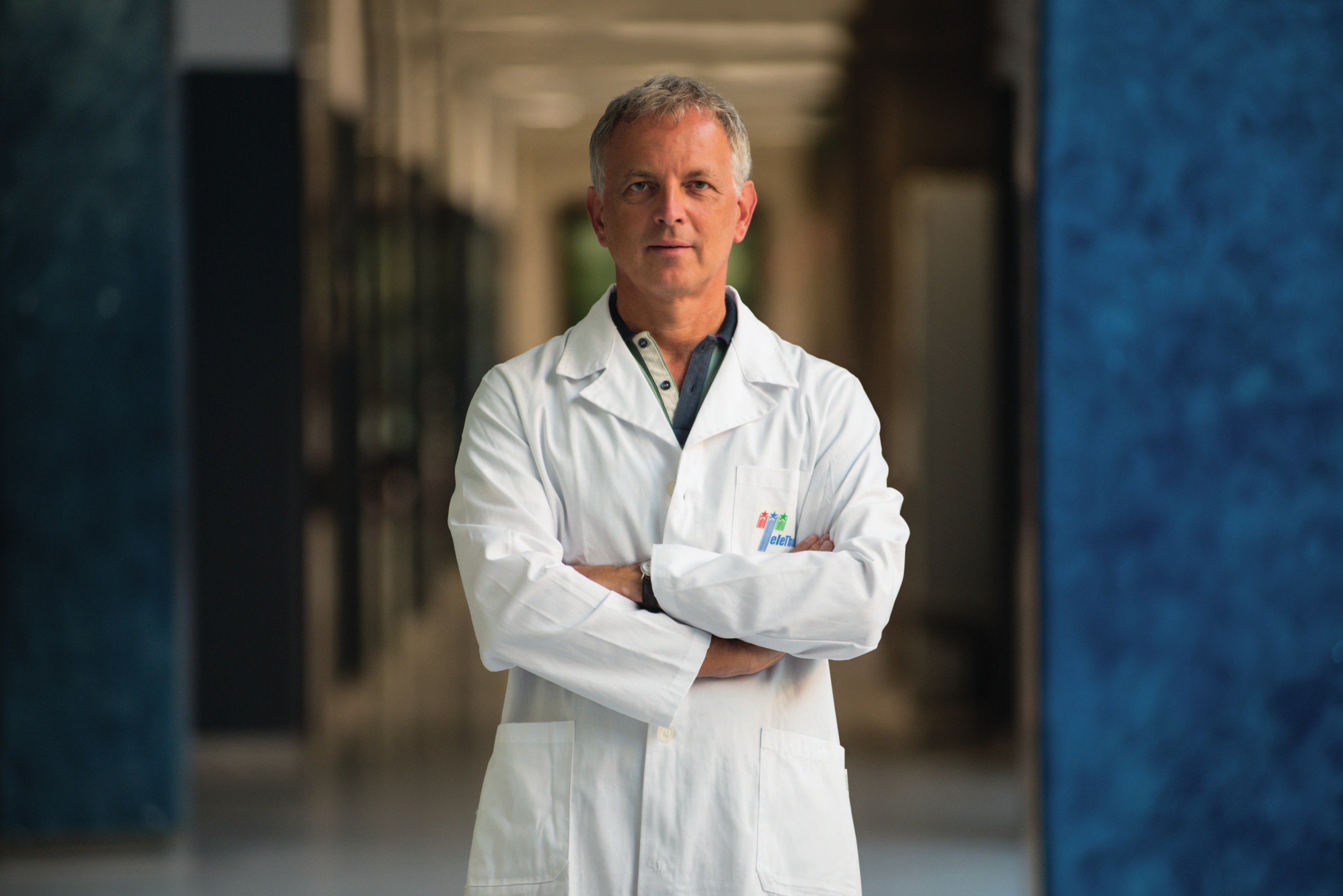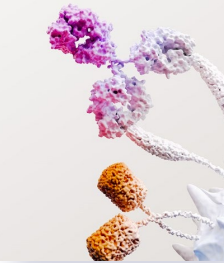In the vast landscape of modern medicine, few breakthroughs have sparked as much hope and challenge as gene therapy. This innovative approach holds the promise of not just treating but potentially preventing rare diseases once thought incurable by addressing their underlying genetic roots.
At the forefront of this revolution stands Professor Luigi Naldini, a pioneering figure who has dedicated the past 25 years of his career to advancing the field of gene therapy. As the director of the San Raffaele Telethon Institute for Gene Therapy in Milan, Italy, Naldini’s contributions have been pivotal in shaping the trajectory of gene therapy research and application.
Recently honoured with a lifetime achievement award at Advanced Therapies 2024 in Miami, Professor Naldini took the opportunity to reflect on his journey through the realm of gene therapy. He reminisced about the early days when he embarked on the ambitious quest of developing gene transfer vectors from HIV, a journey fraught with challenges and setbacks.
“It’s a great honour and an occasion to look back at the early days when I got started with this dream of gene therapy,” Naldini shared with Biopharma Reporter. “It took almost 30 years, which means there have been many challenges, setbacks, and frustrations – but also encouraging advances and successful milestones.”
Despite the hurdles, Naldini emphasizes that gene therapy is no longer a mere dream or hype. With substantial evidence backing its efficacy, the industry has moved beyond overselling to showcase tangible results that justify heightened expectations.
Naldini’s fascination with gene therapy and viral vectors emerged during his involvement in HIV research amid the AIDS crisis. This pivotal experience not only shaped his career but also underscored the potential of gene therapy to combat previously untreatable diseases.
“HIV presented us with a unique opportunity to dissect the virus and design a vector,” Naldini explained. “It was incredibly fearful to work with, but I decided to engage in this new idea of gene therapy and understand its possibilities.”
However, the journey of gene therapy has been riddled with challenges, with the industry facing scepticism and even the brink of abandonment at various points. Naldini acknowledges the transformative power of gene therapy but emphasizes the need for sustainable solutions to address regulatory, delivery, and cost challenges.
“Very rare diseases, for which some of the first gene therapies were developed, may never be sustainable in a pure market system,” Naldini cautioned. “We must find a non-profit scheme or government-supported method to make these treatments accessible.”
Moreover, while significant progress has been made, the field still grapples with the bottleneck of delivery, particularly in achieving effective in vivo gene therapy. Collaborative efforts between academia and big pharma are essential to overcome these hurdles and drive the field forward.
“I wish big pharma would be more involved and take a lead in the development of these treatments,” Naldini remarked. “We need all these models at play to realize the full potential of gene therapy.”
In essence, gene therapy represents a paradigm shift in modern medicine, offering hope where there was once despair. With continued innovation, collaboration, and commitment, the potential to prevent and treat genetic diseases is within reach, heralding a new era of healthcare.
Join us at the Cell & Gene Therapy World Summit 2024 in London, UK, on June 11th-12th! This premier event gathers industry leaders to delve into the latest innovations and tackle challenges like immunogenicity, automation, and commercialization, advancing the availability of transformative therapies. Don’t miss out on this opportunity to contribute to the future of healthcare! Secure your place today! Find out more today at: https://imapac.com/events/cell-and-gene-therapy-world-summit/





